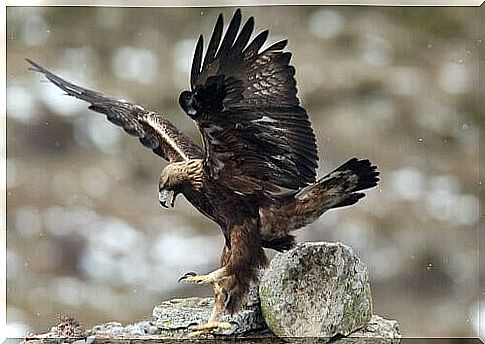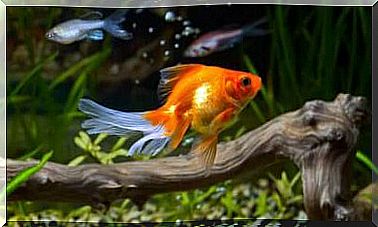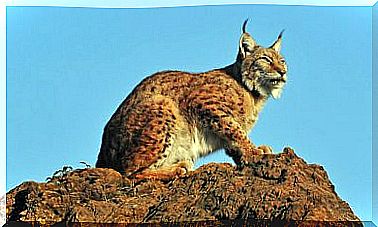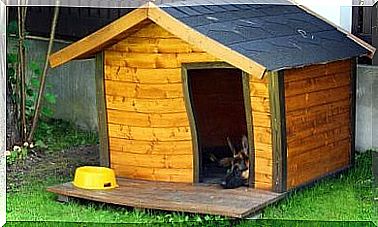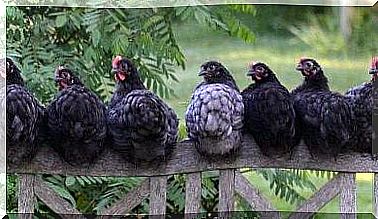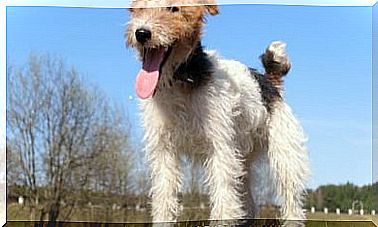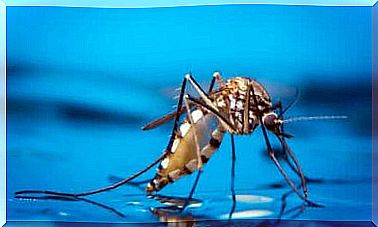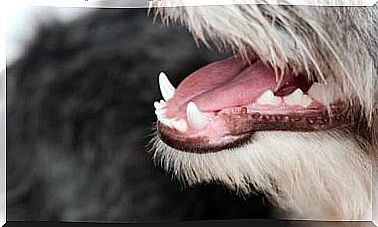The Fauna Of A Charming Place: Coto De Doñana
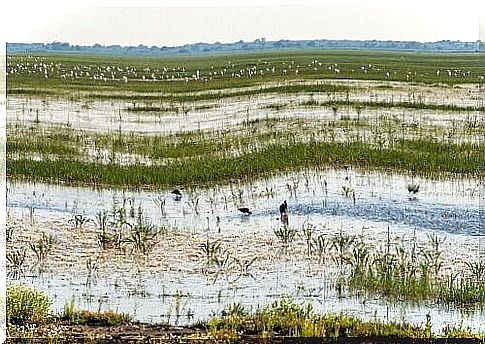
Thanks to the size of the Spanish National Park Coto de Doñana and its diversity of ecosystems, it is home to a wide variety of animal species, but many of them are threatened with extinction.
The Coto de Doñana National Park is a huge protected natural area in Andalusia. The Coto de Doñana National Park and the Coto de Doñana Natural Park are located on more than 116,000 hectares.
It is currently considered to be one of the most important nature reserves on the European continent. This is due to the diverse flora and fauna.
Today we invite you to discover the fauna that is native here and to learn why this place is so important for environmental protection in Europe.
Ecosystem and climate in the Coto de Doñana National Park
Among the enchanting landscapes of Donaña there are three main ecosystems: the Mediterranean forest with sandy soils and some floodplains, the swamp and the pine forests.
The prevailing climate is Mediterranean and is characterized by dry summers and relatively humid winters. The heaviest rainy seasons are recorded in spring and mainly in autumn.
The park’s temperatures are mild all year round: the average temperature is 17ºC. Summer maximum temperatures can reach 30 ° C, while winter minimum temperatures are rarely below 8 ° C.
Birds: the great protagonists of the fauna of the Coto de Doñana
The typical fauna of the park is characterized by the great diversity of birds. In fact, more than 360 bird species have been cataloged that live permanently or temporarily in the park. Among them, around 125 species multiply in this ecosystem.
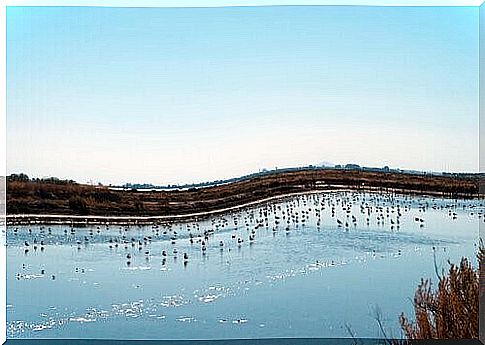
The national park is also an important point in the journeys of birds that migrate between Africa and Europe.
In addition, it is an important place of conservation for various native bird species in Spain, as well as on the European continent, which are critically endangered.
Some of the park’s bird species
The following species of birds can be found in the fauna of the park:
- Ducks (gadfly, mallard and wigeon)
- Starlings (black and red)
- Flamingos
- Gray heron
- Barn swallows
- Sparrows (house sparrow, tree sparrow and willow sparrow)
- Owls (barn owl and short-eared owl)
- Kingfishers
- Nightingales
- Geese (gray goose and bean goose)
- Long-eared Owls
- Vulture (griffon vulture and black vulture)
- Ravens
- Quail
- Consecrations (Montagu’s Harrier, Marsh Harrier and Hen Harrier)
- Larks
- Eagles (Spanish Imperial Eagle, Booted Eagle, Short-toed Eagle and Bonelli’s Eagle)
Other typical animals in Coto de Doñana
The Coto de Doñana Natural Park is also home to more than 35 species of mammals, 20 freshwater fish, 10 species of amphibians and around 13 reptiles. Below we list some of the species that live in the park.
Mammals
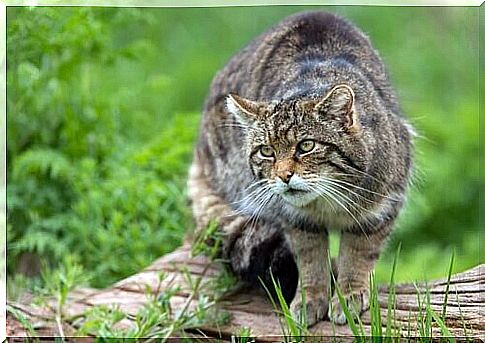
- Iberian lynx
- Wild cats
- Wild boars
- Horses
- Marismeña cows
- Brown-breasted hedgehog
- Deer
- Brown hares
- Bats (pipistrelle, long-winged bat, Bechstein’s bat and large horseshoe bat)
Reptiles and amphibians
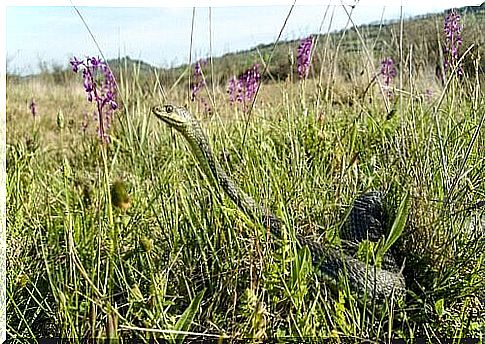
- snakes
- Moorish tortoises
- Ordinary chameleons
- European pond turtles
- frogs
- Toads
- Lizards
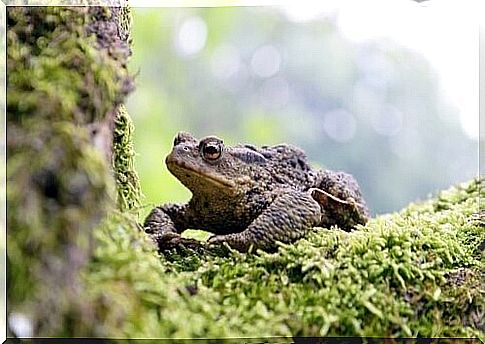
fishes
- Eels (native species)
- Carp, gambus and pike (non-native species)
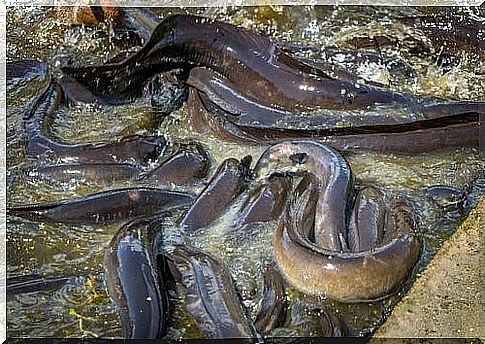
Endangered species in Coto de Doñana
Many endangered animal species live here, but two of them are particularly endangered: the Iberian lynx and the imperial eagle.
Iberian lynx
The Iberian lynx is now considered to be the most endangered cat on the planet. The population is reduced to those living in the Doñana Park and those in the Sierra de Andújar and Cardeña Natural Parks.
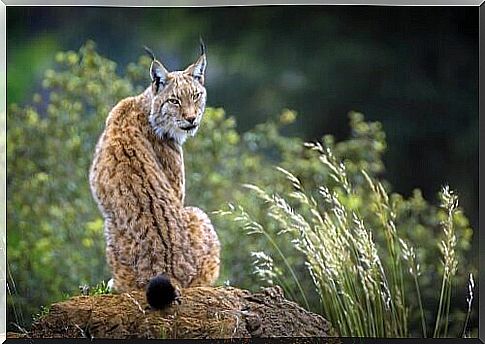
In the nature reserve of the Sierra de la Malcata in Portugal, attempts are therefore being made to increase the population of these cats.
In Coto de Doñana we find the El Acebuche breeding center, where a breeding program for Iberian lynx in captivity is being implemented. In addition to the eleven specimens born in captivity, the center also monitors around 30 lynxes caught in the park.
The Spanish imperial eagle
The situation of the imperial eagle is just as alarming as that of the Iberian lynx. It is one of the most endangered birds in Europe.
Currently only 10 pairs of this species are recorded in Doñana Park, which provides some of the few sanctuaries.
